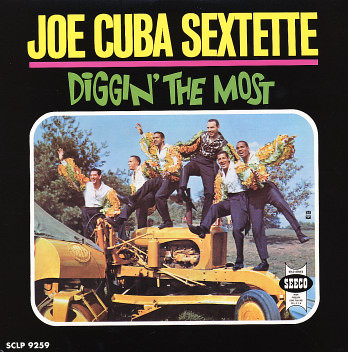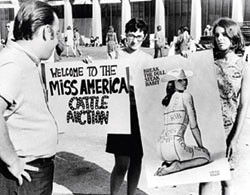
Unidentified photograph of Fela Kuti
The Nigerian musician Fela Kuti would have celebrated his 70th birthday today, had he not succumbed to the complications of AIDS in 1997.
Like much of my music which I now consider canonical, I discovered him through my house music love story.
[Youtube=http://www.youtube.com/watch?v=AgpQNENsmo4]
Digression #1, namesake of “Shakara” track by Fela Kuti, [1] has embedding disabled
He first popped up as the author of “Shakara“[1] on playlists of David Mancuso‘s legendary The Loft. Playlists I discovered of course via the internet.

Cover of a Japanese Fela Kuti compilation album
The pre-internet world was literally a terra incognita. If one found a record by Fela Kuti, one had to find good sources to discover the rest of his releases. Today we’ve moved to a terra cognita. One glance at Discogs is enough to discover the oeuvre of Fela.
What we still need though, in spite of the terra cognita situation, are tastemakers. Biased tastemakers.
Simon Reynolds has blamed the terra cognita thing for the supposed death of the underground, he will be hosting a conference on this soon[2].
He stated on this before:
- “The web has extinguished the idea of a true underground. It’s too easy for anybody to find out anything now, especially as scene custodians tend to be curatorial, archivist types. And with all the mp3 and whole album blogs, it’s totally easy to hear anything you want to hear, in this risk-less, desultory way that has no cost, either financially or emotionally.” Simon Reynolds via woebot.
One more word on Fela. Woebot once said – I paraphrase – “I’ll take King Sunny Adé over Fela Kuti any day. Too much redundancy in Fela.”I disagree. I like long pieces and love Fela’s trance. Which reminds me, I miss Woebot.
[Youtube=http://www.youtube.com/watch?v=hMUWn_jRk0E&]
Unidentified clip of Sunny Ade
Here is a quote from that Woebot post:
- “Sunny Ade gets my vote over Fela Kuti anyday. There’s too much redundancy in Fela’s music, saxophones and organs meandering all over the place. Shaggy ain’t my thing. While the political ire and philosophical stance of something like “Kalakuta Republic” are rousing, in preference I’ll take the sheer sonic thrill of Tony Allen‘s edge-of-climax drum pans on the more “superficial” dance craze record “Open and Close“. That record retains the JB‘s hyper-tense instrumental dynamics and one-mind co-operation, without degenerating into marijuana miasma.”[3]










